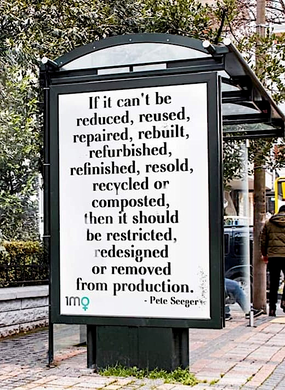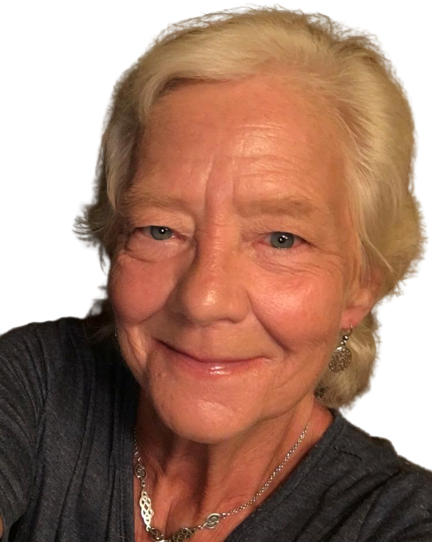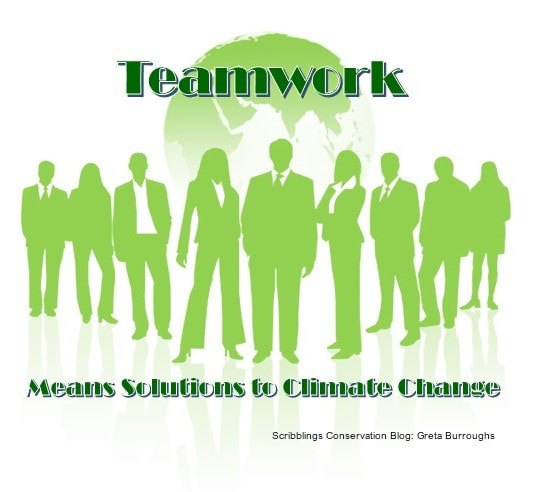
However, Pollinator Conservation and Environmental Restoration involve more than just planting trees, flowers, and shrubs. In order to regain the balance Mother Nature intended, we also need to counter pollution, global warming, overuse of pesticides, and destruction of ecosystems. These other topics are vitally important and will be covered in the weeks and months to come.
To begin with, we need to face the facts. Over the past few centuries, humans have not been very good stewards of our planet.
It hasn’t always been that way, though. Our early ancestors learned very quickly that the environment provided everything they needed to survive. Mother Nature gladly shared her resources with all living creatures, whether they had two, four, or six legs, had wings, or crawled upon the ground. As long as a balance was maintained where the mobile creatures helped pollinate, spread seeds, and protect the plants and trees, the foliage would provide the food, water, and shelter humans, insects, and animals needed.
We can’t forget the aquatic world. It was an intricate part of the balance and provided food and oxygen for the land dwellers. No one paid much attention to the harmonious dance between the plants, coral reefs, and marine creatures, but it was there and hinged on terrestrials living cooperatively with the sea.
Up until the industrial age, Mother Nature and humanity got along pretty well together. Unfortunately, after the Industrial Revolution, things started going downhill. Humankind’s greed, selfishness, and ego disrupted the balance by destroying ecosystems and polluting the water, land, and air, poisoning the environment and ourselves, leaving the current generation with a mess to clean up.
The problem is that so many things need fixing – plastics choking our oceans, air, water, and land pollution, global warming, the pollinator crisis, destruction of habitats and ecosystems, and overuse of pesticides, to name just a few.
It’s overwhelming to think of all the issues that need addressing. The good news is that one person needn’t worry about tackling them all. Instead, each of us needs to take a broader view, evaluate our motivation, and decide how our actions can benefit the greater good. What are you most passionate about?
- Are you interested in adding native plants and trees to your existing landscape to aid in the conservation of pollinators, wildlife, habitats, or ecosystems?
- Would you rather work on a larger scale project replacing introduced invasive plants with native flora to restore the prairies, wetlands, or other ecosystems to their natural state?
- Are you more concerned about cleaning up the plastic waste and other chemicals and debris polluting our water, air, and land?
- Maybe you prefer to teach, lecture, and educate others about environmental issues, global warming, carbon footprints, overuse of pesticides, etc.
If you haven’t found your niche yet, don’t worry. Many of us are in the same boat and don’t have a passion project. That’s why our conservation blog covers all these topics and more to educate, encourage, and empower you to find your role in cleaning our world and helping Mother Earth regain the balance she needs to keep our planet thriving.
You don’t have to have a green thumb or spend much time and effort. All you have to do is take the first step – pick up that litter, refrain from using pesticides, leave the leaves, or plant a few flowers in the yard or in a planter.
Look at that! You made a difference!
Sassy Scribblers on Conservation
 RSS Feed
RSS Feed

